Bull-Boxer vs. Pembroke Sheltie: Breed Differences and Similarities
Hypoallergenic
Are Bull-Boxers or Pembroke Shelties hypoallergenic, or neither?
Unfortunately, neither Bull-Boxer nor Pembroke Sheltie are hypoallergenic, which may not make them the best choice for dog lovers who suffer from pet allergies.
Temperament
What are the personalities of Bull-Boxer and Pembroke Sheltie dogs?
Playful
Loving
Energetic
Courageous
Intelligent
Confident
Friendly
Loyal
Social
Sweet
Aggressive
Fearless
Brave
Bright
Playful
Intelligent
Friendly
Responsive
Affectionate
Lively
Gentle
Going
Cheerful
Shedding Level
Do Bull-Boxers shed more than Pembroke Shelties, or which breed sheds more, Bull-Boxers or Pembroke Shelties?
Bull-Boxers are moderate shedders, but regular brushing can reduce shedding and maintain coat health.
Pembroke Shelties are heavy shedders, but regular brushing can help manage shedding and promote a healthy coat.
Watchdog Ability
Which dog breed makes a better watchdog, the Bull-Boxer or Pembroke Sheltie?
Avoid Bull-Boxers as watchdogs - they're not effective.
Pembroke Shelties aren't great guard dogs; they tend to just watch without taking action.
Origin
What is the origin of Bull-Boxer and Pembroke Sheltie dog breeds?
United States
United States
Ancestry
What are the origins of Bull-Boxer and Pembroke Sheltie breeds?
English Bulldog, Boxer
Shetland Sheepdog, Pembroke Welsh Corgi
Date of Birth
When were Bull-Boxer and Pembroke Sheltie breeds first developed?
Unknown
Eye Color Possibilites
What are the eye colors of Bull-Boxer and Pembroke Sheltie dogs?
Brown
Brown
Nose Color Possibilites
What are the natural nose colors of Bull-Boxer and Pembroke Sheltie?
Black
Black
Coat Color Possibilites
What are the natural colors of the coat for Bull-Boxer and Pembroke Sheltie breeds?
Brindle
White
Black
Fawn
Red
Brown
Brown
Red
Sable
White
Coat Length
What is the typical coat length for Bull-Boxer and Pembroke Sheltie breeds?
Bull-Boxers have coats that can be either short or medium in length.
Pembroke Shelties have longer coats compared to most dogs.
Coat Density
What is the density of the coat of Bull-Boxer and Pembroke Sheltie?
Coat Texture
What is the hair texture of Bull-Boxer and Pembroke Sheltie?
Straight
Litter Size
What is the usual litter size for Bull-Boxer and Pembroke Sheltie?
A Bull-Boxer can have a litter of 2-10 puppies on average. However, it's worth noting that the size of the litters can vary greatly. Factors that can influence litter size include the health of the mother, breeding history, and genetics.
A Pembroke Sheltie can have a litter of 6-7 puppies on average. However, it's worth noting that the size of the litters can vary greatly. Factors that can influence litter size include the health of the mother, breeding history, and genetics.
Adaptability
Bull-Boxer and Pembroke Shelties are known for their adaptability and versatility. They are capable of adapting well to a wide range of lifestyle changes and living environments, making them great companions for families and individuals of all lifestyles.
Health Issues
Between Bull-Boxer and Pembroke Sheltie, which breed is more prone to health problems?
Bull-Boxers typically have low vet costs due to their good health, but it's important to monitor their health and seek vet care when necessary.
While the Pembroke Sheltie breed is generally healthy, occasional vet check-ups are still necessary to address any health concerns.
Major Concerns
What are the major health concerns for Bull-Boxer and Pembroke Sheltie breeds?
Bloat
Degenerative Myelopathy
Dilated Cardiomyopathy (DCM)
Dry Eye
Inflammatory Bowel Disease
Corneal Disease
Third Eye (Cherry Eye)
Deafness
Dermatomyositis
Von Willebrand's Disease
Collie Eye Anomaly (CEA)
Patent Ductus Arteriosus (PDA)
Minor Concerns
What minor health issues should be kept in mind when owning Bull-Boxer and Pembroke Sheltie?
Pulmonic Stenosis
Allergies
Hip Dysplasia
Hypothyroidism
Obesity
vonWillebrand’s Disease
Cataracts
Hip Dysplasia
Mono/Bilateral Cryptorchidism
Familial Nephropathy
Degenerative Myelopathy
Ehlers-Danlos Syndrome
Progressive Retinal Atrophy (PRA)
Occasional Tests
What occasional tests are recommended for Bull-Boxer and Pembroke Sheltie breeds?
X-Rays
Eye Examination
Electrocardiogram
Complete Blood Count
Thyroid Panel
vonWillebrand’s Disease Test
Buccal Mucosal Bleeding Time (BMBT)
Skin Cytology Sample
Allergy Testing
Complete Blood Count
Brain Auditory Evoked Response (BAER)
Internal Imaging (x-ray, CT scan, MRI, etc.)
Blood And Urine Analysis
Ear Tests and Myringotomy Tests
Blood Sugar and Thyroid Tests
Complete Physical Examination
Eye Examinations (both internal as well as external)
X-rays of various parts of the skeletal system
Dental and Oral Examinations
Blood and Urine Protein Screens
Energy
How do the energy levels of Bull-Boxers and Pembroke Shelties compare?
Bull-Boxers are a good choice for a low-key lifestyle due to their low energy levels.
Pembroke Shelties are suitable for those with a balanced lifestyle as they have an average energy level.
Social Needs
Bull-Boxer vs Pembroke Sheltie social needs comparison
Bull-Boxer has very high social needs and requires regular mental and physical stimulation, a job or purpose, and companionship.
Pembroke Sheltie has above average social needs and thrives with interaction with humans and other dogs.
Exercise Needed
Bull-Boxer vs Pembroke Sheltie exercise need comparison.
Bull-Boxers need only a small amount of physical activity, ideal for busy or elderly people or those with limited space.
Pembroke Shelties need moderate physical activity and are great for families and active individuals.
Sleeping Need
Which of the two sleeps the most/least: Bull-Boxer or Pembroke Sheltie?
Bull-Boxers have moderate energy levels and typical sleep patterns of 12-14 hours per day.
Pembroke Shelties sleep less than other breeds but still need adequate sleep for good health.
Tendency to Bark
Do Bull-Boxers or Pembroke Shelties bark more/less frequently?
Bull-Boxers are typically quiet and only bark when needed, such as to alert their owner or when in distress.
Pembroke Sheltie dogs are generally less vocal than other breeds and only bark when necessary, such as to alert their owner or communicate.
Mouthiness
Mouthiness Comparison: Bull-Boxer vs Pembroke Sheltie?
Roaming urge
Bull-Boxer vs Labrador: Running away tendency?
Prey Drive
Bull-Boxer or Pembroke Sheltie - which breed has a higher level of prey drive?
Past times
What are some enjoyable activities and ways to keep Bull-Boxer and Pembroke Sheltie entertained?
Walking, Fetch, Camping, Jogging, Play, Cuddl, Hike, Training, Walk, Running, Chewing on bone
Chase, Tug-of-war, Fetch, Walks
Activity Level
Which breed has higher energy, Bull-Boxers or Pembroke Shelties?
Bull-Boxers are high-energy dogs. They need mental as well as physical exercise. These dogs require a lot of your involvement and without it they can, and will, become problematic dogs.
Pembroke Shelties are medium-energy dogs and typically enjoy socializing and playing casual or even sustained games of chase with other dogs. They may also have occasional periods of barking or racing around the house.
Tolerance of being left alone
Walks per Week
How many miles should Bull-Boxer or Pembroke Sheltie walk each week?
There's really no limit to how far you walk your dog as long as they're comfortable. For Bull-Boxer, it's at least 9 miles / week. Just remember to build distance and stamina gradually over time.
There's really no limit to how far you walk your dog as long as they're comfortable. For Pembroke Sheltie, it's at least 7 miles / week. Just remember to build distance and stamina gradually over time.
Activity per Day
Do Bull-Boxers or Pembroke Shelties require more exercise?
In general most Bull-Boxers usually need at least 60 minutes of exercise daily. This can be spread across the day and include all sorts of high-energy activities, like walking, running and playing.
In general most Pembroke Shelties usually need at least 90 minutes of exercise daily. This can be spread across the day and include all sorts of high-energy activities, like walking, running and playing.
Grooming
Which breed is easier to maintain in terms of grooming, Bull-Boxers or Pembroke Shelties?
The Bull-Boxer has low grooming needs and is easy to maintain.
Pembroke Shelties require significant grooming, including regular trims and professional grooming assistance to maintain their coat. They may also require frequent bathing to keep their coat and skin healthy.
Brushing Frequency
What is the recommended brushing frequency for Bull-Boxer and Pembroke Sheltie dogs?
Bull-Boxer and Pembroke Sheltie should be brushed at least once a week. Of course, you can give them more frequent brushes if you find that they are still shedding a lot.
Brushing Tools
What brushing tools are used for Bull-Boxers and Pembroke Shelties?
Slicker Brush
Comb
Nail Clipper
Pin Brush
Dematter
Deshedder
Nail Clipper
Cups
How much food should be given to Bull-Boxer or Pembroke Sheltie in cups?
For an average 50-80 pound (23 - 36 kg) Bull-Boxer feed 3 cups daily. But, keep in mind, the amount you feed is going to be dependent on the quality of the food you are feeding.
For an average 11-30 pound (5 - 14 kg) Pembroke Sheltie feed 2.5 cups daily. But, keep in mind, the amount you feed is going to be dependent on the quality of the food you are feeding.
Daily Cost
Which breed has a higher daily cost, Bull-Boxer or Pembroke Sheltie?
The average cost of a Bull-Boxer is somewhere $2.10 - $2.70 per day.
The average cost of a Pembroke Sheltie is somewhere $1.70 - $2.00 per day.
Monthly Cost
Which breed has a higher monthly cost, Bull-Boxer or Pembroke Sheltie?
The average per month expenses of a Bull-Boxer is between $55 - $73. This makes an average of $660 - $876 per year. It will be on the higher side when the dog is still small because it will need more frequent visits to the vet, shots.
The average per month expenses of a Pembroke Sheltie is between $48 - $63. This makes an average of $576 - $756 per year. It will be on the higher side when the dog is still small because it will need more frequent visits to the vet, shots.
Intelligence
Comparing Intelligence: Bull-Boxers vs Pembroke Shelties
Bull-Boxer has below average obedience intelligence, but they excel in understanding human emotions.
Pembroke Sheltie is highly intelligent and very trainable.
Sensitivity Level
How do Bull-Boxer and Pembroke Sheltie compare in sensitivity?
This breed is sensitive and requires gentle handling and a calm home environment.
This breed is sensitive to its environment and best suited for patient and understanding families with a consistent routine.
Affection Dependance
Which is the more affectionate dog breed: Bull-Boxer vs Pembroke Sheltie?
Apartment Friendly
Which breed is more apartment-friendly: Bull-Boxer or Pembroke Sheltie?
Bull-Boxers make excellent apartment dogs, being fairly active indoors and not requiring a yard.
The Pembroke Sheltie is a great apartment dog, thriving with sufficient exercise and time outside as part of their daily routine.
Child Friendly
Do Bull-Boxers or Pembroke Shelties have a friendlier temperament towards children?
The typical characteristics of Bull-Boxer and Pembroke Sheltie indicate that this breed of dog is an ideal companion for kids and makes them family pets. Their gentle and protective nature and calm mentality make them gel along quickly with the younger humans.
Senior-friendly
Which dog is more suitable as a pet for the elderly - Bull-Boxer or Pembroke Sheltie?
Cat Friendly
Do Bull-Boxer or Pembroke Sheltie breeds have a better compatibility with cats?
Bull-Boxers are good with cats, but early training is needed to prevent chasing behavior.
Pembroke Shelties are very friendly with cats and make great companions for them.
Dog Friendly
Which breed is more sociable with other dogs: Bull-Boxer or Pembroke Sheltie?
Bull-Boxers and Pembroke Shelties are friendly, active and loyal companions. They generally love to be around other dogs, making them a good family pet for some.
Pet friendly
How do Bull-Boxer or Pembroke Sheltie dogs interact with other pets?
Stranger Friendly
Which breed is more friendly with strangers: Bull-Boxer or Pembroke Sheltie?
Bull-Boxers are friendly but may bark at strangers, and training is easy due to their intelligence.
Pembroke Shelties are averagely friendly around strangers but benefit from early socialisation.
Playfulness
Which breed is more playful between Bull-Boxer and Pembroke Sheltie?
Bull-Boxers have an average level of playfulness, enjoying playtime like most dogs but not excessively so.
Pembroke Shelties are a playful breed that needs daily playtime to be happy.
Trainability
How do the trainability levels of Bull-Boxers and Pembroke Shelties compare?
Bull-Boxer and Pembroke Sheltie dogs are usually easy to train, but may require consistency to fully obey commands.
Compare Bull-Boxer with other breeds
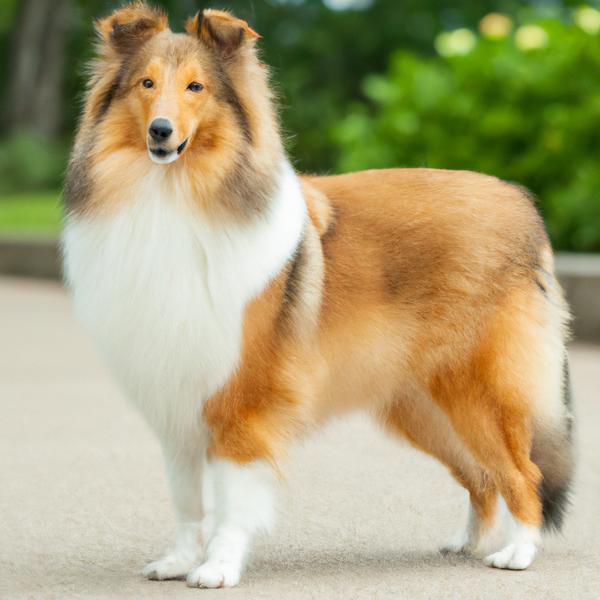
Pembroke Sheltie
Bull-Boxer vs Pembroke Sheltie
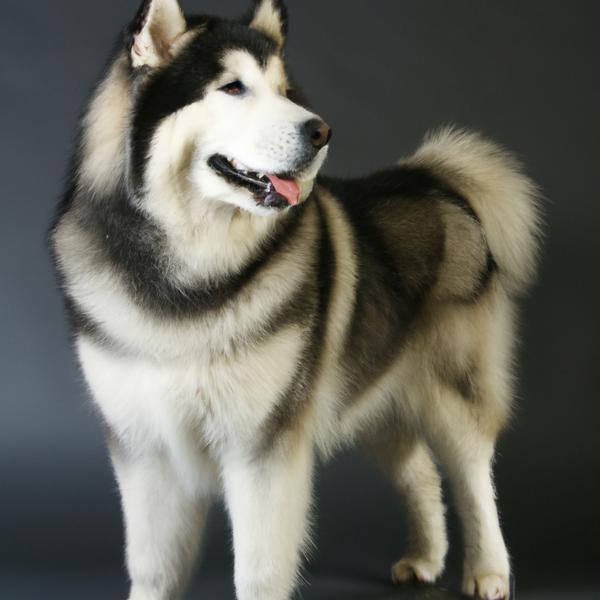
Sibercaan
Bull-Boxer vs Sibercaan
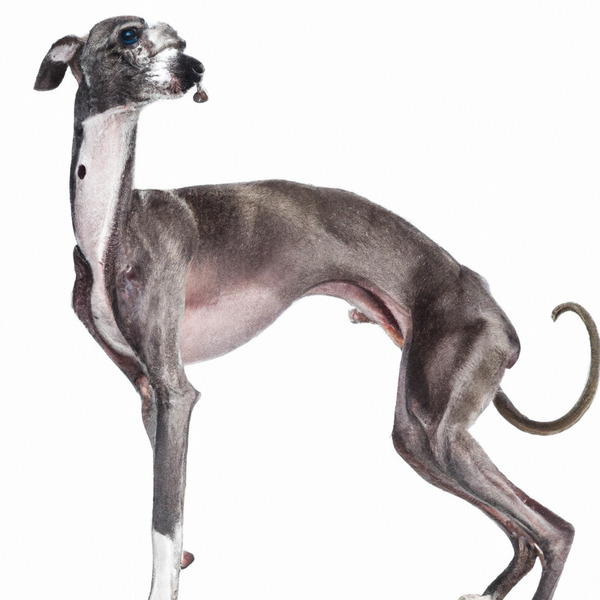
Italian Greyhound
Bull-Boxer vs Italian Greyhound
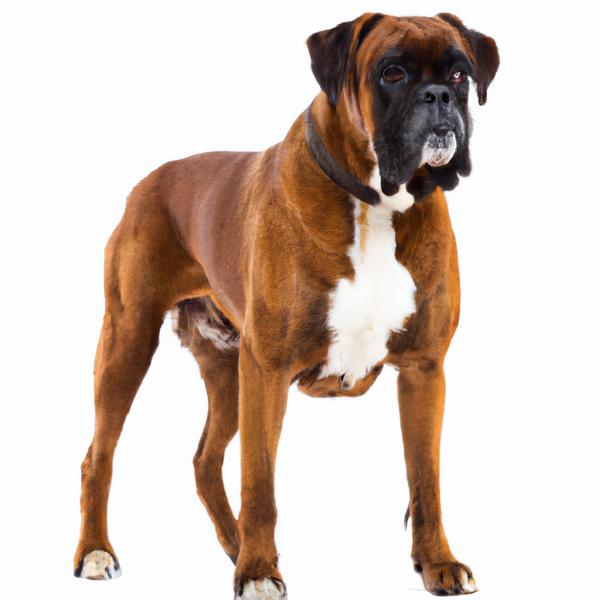
Boxer
Bull-Boxer vs Boxer
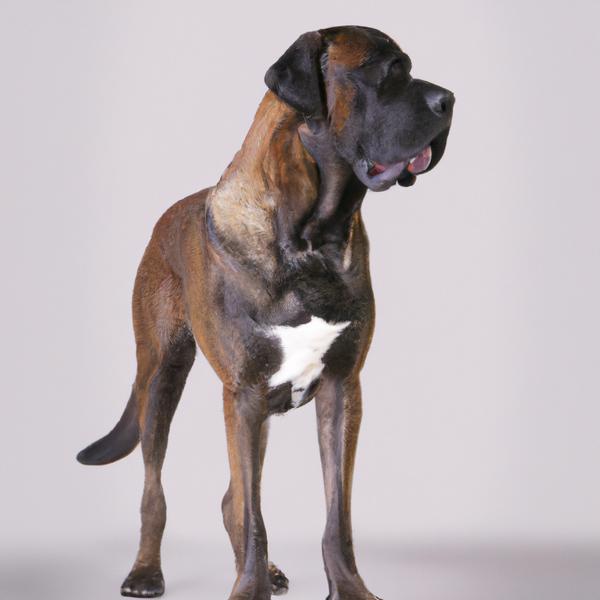
Neahond
Bull-Boxer vs Neahond
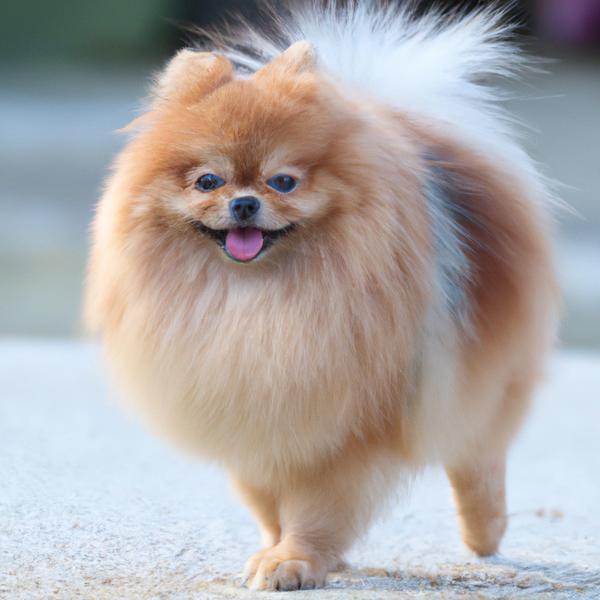
Paperanian
Bull-Boxer vs Paperanian
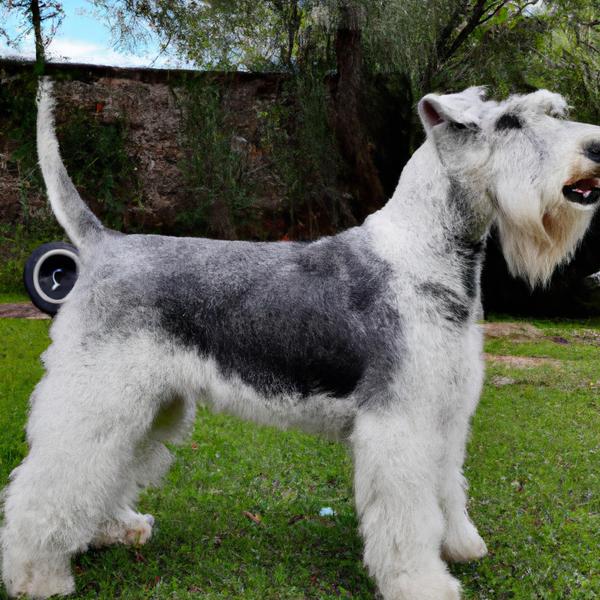
Sealydale Terrier
Bull-Boxer vs Sealydale Terrier
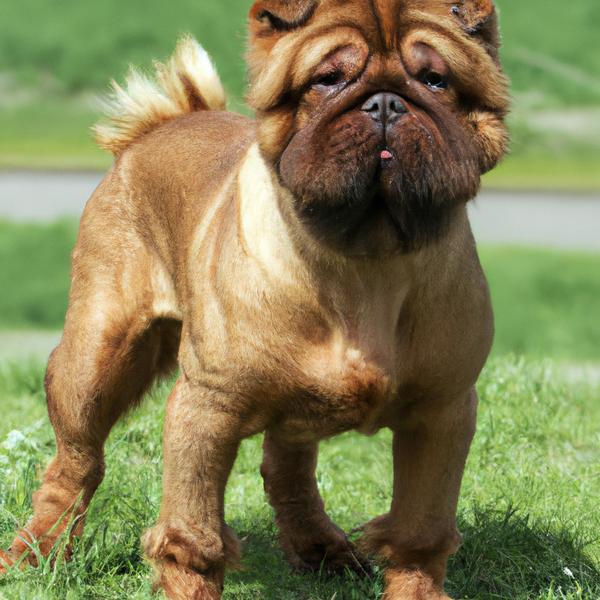
Griffon-Pei
Bull-Boxer vs Griffon-Pei
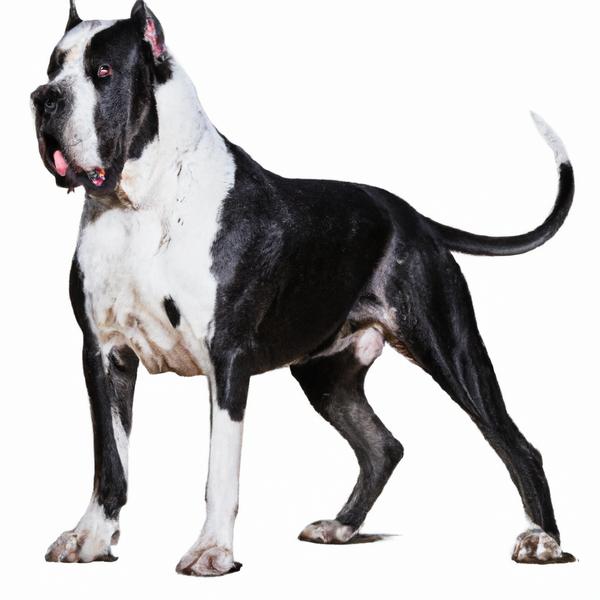
English Bull Dane
Bull-Boxer vs English Bull Dane
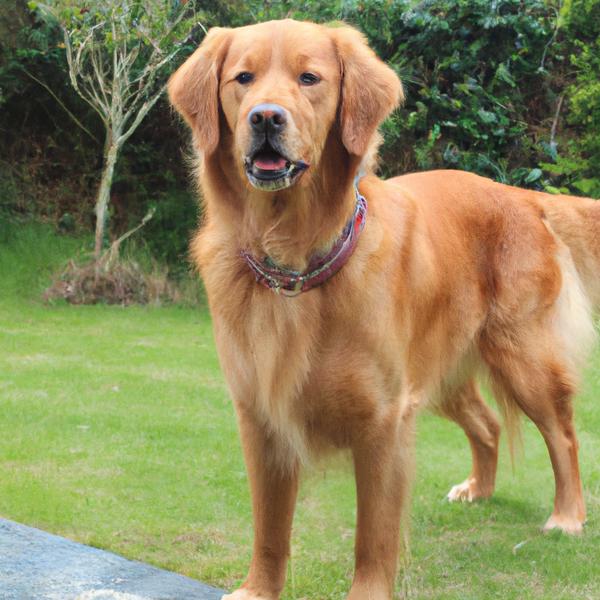
Golden Irish
Bull-Boxer vs Golden Irish

Patterdale Terrier
Bull-Boxer vs Patterdale Terrier
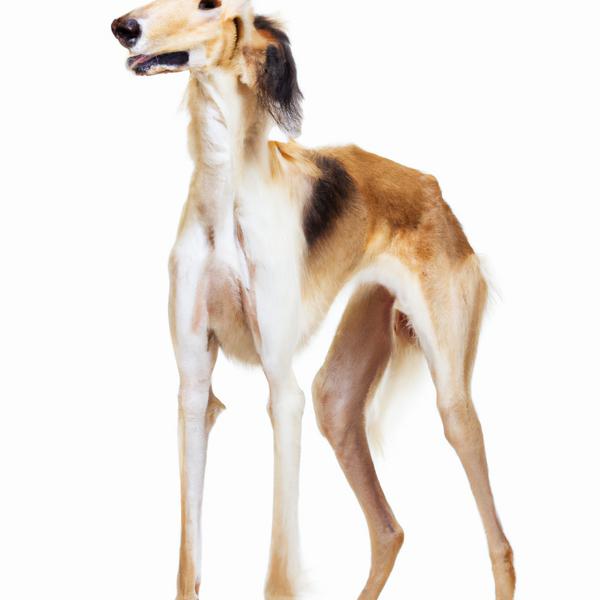
Saluki
Bull-Boxer vs Saluki
